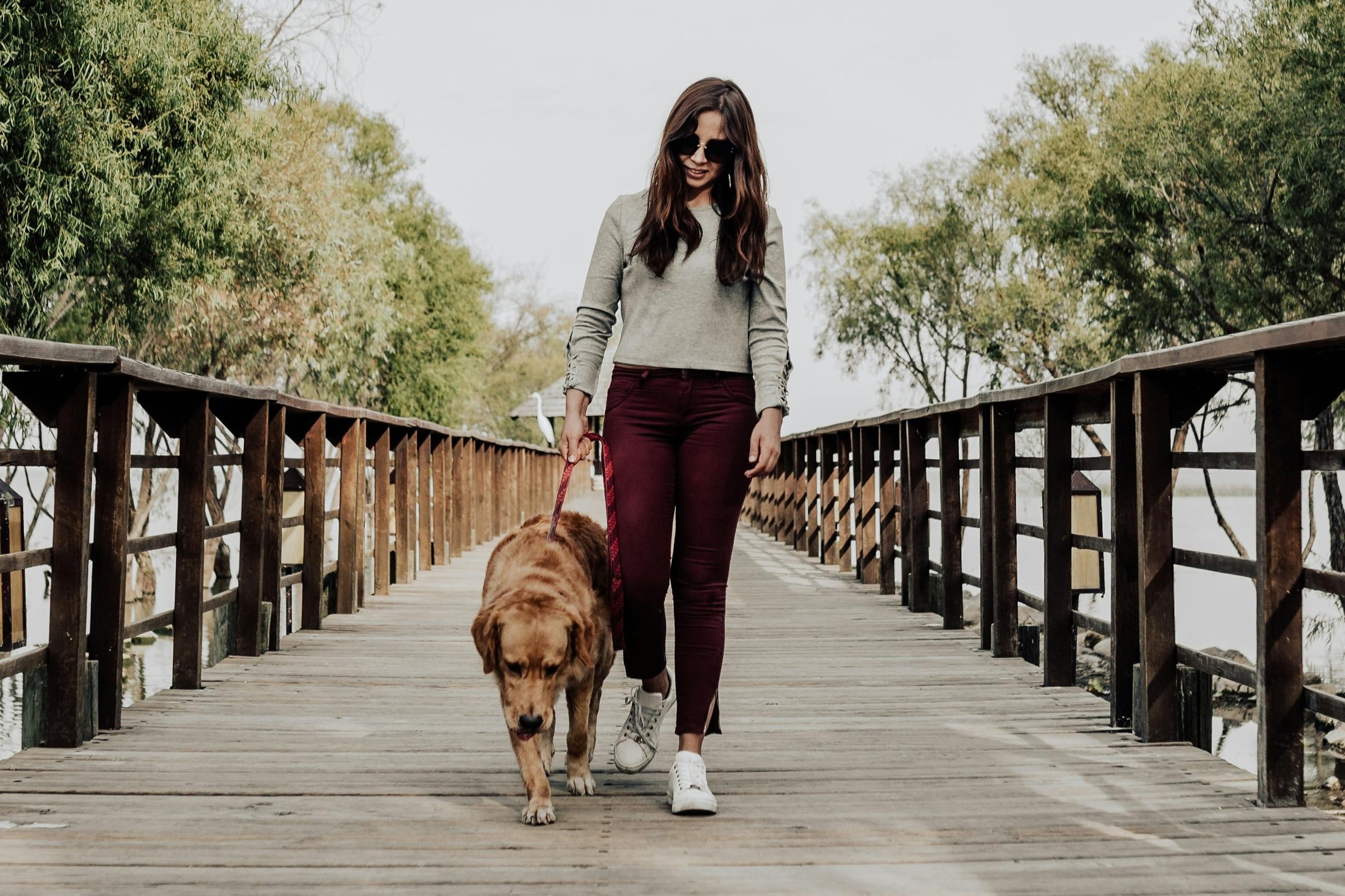Leash Training 101: Step-by-Step Guide on How to Leash Train Your Dog
Walking your dog should be an enjoyable experience for both you and your dog but without proper leash training, it can quickly turn into a chaotic tug-of-war. W the right approach and a bit of patience, you can master leash training and enjoy peaceful strolls together. In this comprehensive guide, we'll cover everything you need to know to leash train your dog effectively, from selecting the right equipment to addressing common challenges along the way.
Choose the Right Gear:
Select a leash and collar or harness that suits your dog's size, breed, and temperament.
Opt for a sturdy leash that feels comfortable in your hand and a collar or harness that fits snugly but not too tight.
Consider using a harness, especially for dogs prone to pulling, as it provides better control and reduces strain on the neck.
Introduce Your Dog to the Equipment:
Allow your dog to sniff and inspect the leash, collar, or harness before putting them on.
Encourage positive associations by offering treats and praise when your dog interacts calmly with the gear.
Start Indoors:
Begin leash training in a quiet, familiar environment free from distractions.
Attach the leash to your dog's collar or harness and let them explore while you hold the other end.
Use treats and verbal cues to encourage your dog to walk beside you on a loose leash.
Practice Basic Commands:
Teach your dog basic obedience commands such as "sit," "stay," and "come" before venturing outdoors.
Practice these commands in a controlled setting to establish clear communication with your dog.
Transition to Outdoor Walks:
Once your dog is comfortable with leash walking indoors, gradually transition to outdoor environments with more distractions.
Start in a quiet area such as your backyard or a nearby park.
Encourage Loose Leash Walking:
Maintain a loose leash and encourage your dog to walk beside you using treats and praise.
If your dog starts to pull, stop walking and wait for them to return to your side before continuing.
Use Positive Reinforcement:
Reward your dog with treats, praise, and affection for walking calmly on a loose leash.
Avoid using punishment or harsh corrections, as they can undermine your dog's trust and progress.
Address Challenges:
Leash training may present challenges such as pulling, lunging, or reacting to distractions.
Address these challenges with patience and consistency, using positive reinforcement to encourage desired behavior.
Gradually Increase Difficulty:
As your dog becomes more proficient at leash walking, gradually increase the difficulty by introducing new environments and distractions.
Practice walking on different surfaces and encountering other dogs and people.
Maintain Consistency:
Stick to a regular walking schedule and maintain consistent rules and expectations.
Be patient and persistent, understanding that leash training takes time and practice.
Seek Professional Help if Needed:
If you encounter significant challenges or behavioral issues during leash training, consider seeking guidance from a professional dog trainer or behaviorist.
A qualified trainer can provide personalized strategies and support to address specific issues and help you achieve your leash training goals.
By following the steps outlined in this guide and remaining patient and consistent, you can easily coach your pup to walk calmly alongside you.


